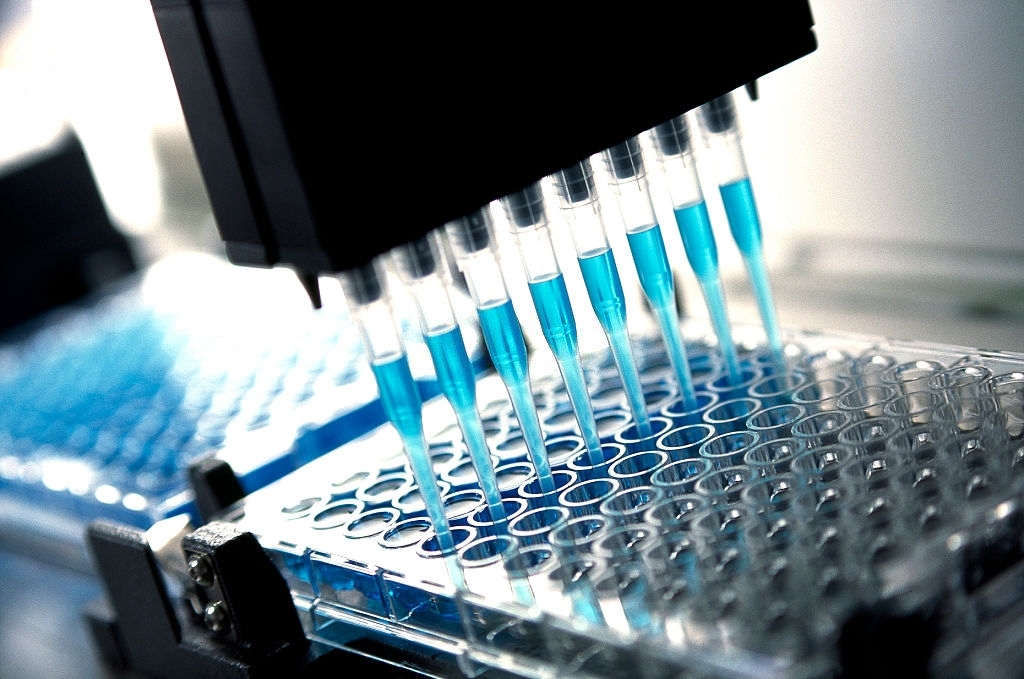Event News
The 5 Stages of Vaccine Development

The development of vaccines is usually a lengthy, complicated process, typically 15 years long and requiring a combination of public and private engagement. Medical practitioners across different medical fields such as biotechnology, pharmacy, etc. are involved in different stages of vaccine development.
The five stages involved in the production of vaccines include:
- Exploratory
- Preclinical
- Clinical development
- Approval
- Pharmacovigilance
Before we proceed to explain the five different stages of vaccine development, let’s quickly explain how vaccines work.
How Do Vaccines Work?
Vaccines work by imitating the bacteria or viruses responsible for the disease. Vaccination works by stimulating the body’s immune system without allowing the disease to set up defences against the infectious bacteria or virus.
The sections of the infectious organism recognised by the immune system are extraneous to the body and are considered antigens. Vaccination exposes certain antigens to the bloodstream.
Some vaccines contain weaker copies of a virus or bacteria, and others contain only a fraction of the virus or bacteria. Some vaccines only contain a certain protein’s genetic material and lead the body to produce a limited amount of that protein. The body’s immune system, if it recognizes this antigen, responds defensively.
After vaccination, when the body meets the actual disease-causing bacteria or viruses, the immune system is prepared to respond rapidly and aggressively.

Five Stages of Vaccine Development
Stage1: The Exploratory Stage (Takes usually 2-4 Years)
This is where laboratory testing is conducted to identify an antigen (a substance capable of stimulating an immune response to help the body develop antibodies).
A variety of compounds, including virus-like spores, weakened viruses or bacteria, weakened bacterial toxins, or other substances originating from pathogens, can be made up of antigens.
Stage 2: Pre-Clinical (Takes usually 1-2 years)
Different experiments are conducted on cells, tissues, and animals at this level. This decides the efficacy of the vaccine, how to administer the vaccine, the patient’s effective dosage, and how effectively it contributes to an immune reaction (immunogenicity).
These experiments are conducted to guarantee that testing the vaccine in humans is genuinely safe and to check that it cannot cause significant harm to patients. Not all vaccines make it to the clinical level after testing.
Stage 3: Clinical Development
After a vaccine has been approved to progress to the clinical stage, it is safe for human testing. This process can be broken down into three sub-phases, namely Phase I, Phase II, and Phase III.
Phase I (Takes usually 2 years)
The first phase usually entails the vaccine being administered to about 20-80 volunteers. The aim is to assess the vaccine’s efficacy, side effects, sufficient dosing, and immune response.
The aim is to check if the vaccine is performing as expected. The question to be answered is: did the vaccine prevent the disease, and did it produce antibodies?
Phase II (Take usually 2-3 Years)
The vaccine will proceed to Phase II if the answer to the question in phase I is positive. A wider group (usually hundreds) of volunteers are included in this phase. Volunteers are randomly chosen to obtain either the new vaccine or a placebo (saline solution, a vaccine for another illness, or some other substance).
The aim is to begin tracking the efficacy of the vaccine, the doses of the vaccine, the duration of the immunization, and the delivery mode of the vaccine. The method of administration could be oral, subcutaneous, intramuscular, intradermal, or intranasal.
Phase III Stages (Takes usually 5-10 Years)
Like phase II, this third phase will involve a larger group of people, usually tens of thousands of volunteers. The volunteers are randomly assigned to the experimental or placebo group. The primary purpose is to test the vaccine’s efficacy and safety in a much greater group of individuals, especially in the population for which the vaccine is intended. In a larger group of individuals, it is possible to detect a rare side effect than in a smaller group.

Stage 4: Approval
The sponsor of the vaccine follows an approval process after a vaccine has successfully passed phase III trials. The vaccine is approved by the governing authority only if it is safe and reliable, and the benefits outweigh the risks it may pose to the patients.
Stage 5: Pharmacovigilance
Once the vaccine is available to the public, the vaccine manufacturer continues to monitor the vaccine’s efficacy to avoid any adverse events. To ensure that the vaccine is healthy for the public, the governing authority will also monitor the entire production process.
In a Nutshell
Those are the five stages involved in the development of vaccines for the disease. Professionals in different medical fields such as biotechnology, pharmacy, etc. are involved in the stages of vaccine development. Upon approval, frontliners such as doctors and nurses in particular will stand at the frontline to administer the vaccine.
In the midst of COVID-19, many individuals in the medical field are contributing greatly to the fight against the deadly disease to save the world. Are you interested in courses that lead to a rewarding healthcare career?
AIMST University offers various healthcare courses such as diploma in nursing, MBBS course, Bachelor of Pharmacy and more. For more information, feel free to get in touch with our helpful and friendly counsellors.

